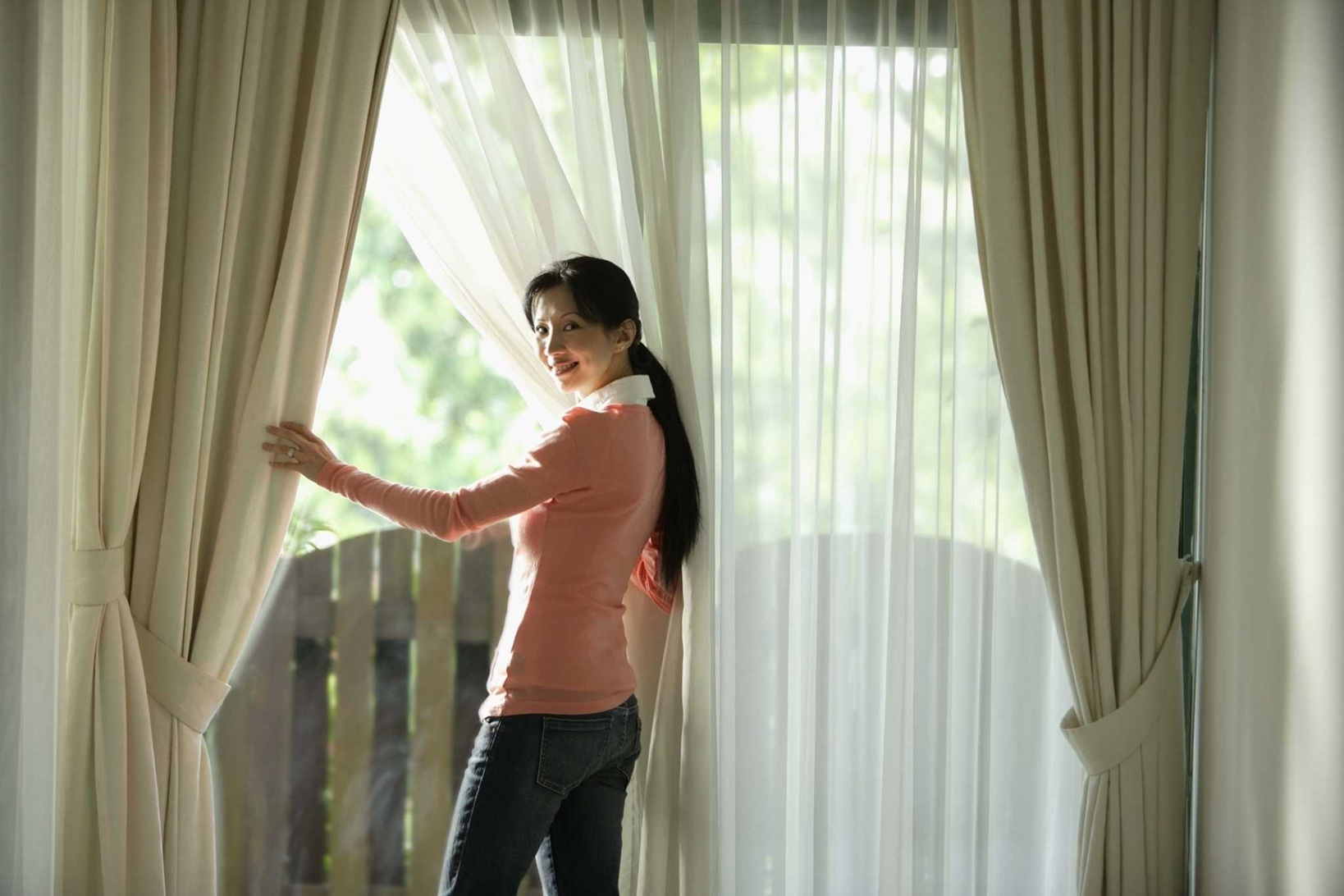The search for quality curtains Singapore residents undertake reveals far more than simple interior decorating preferences—it exposes the intimate ways families navigate privacy, dignity, and belonging in one of the world’s most densely populated nations. In cramped HDB flats and sprawling condominiums alike, the humble curtain serves as both barrier and statement, protecting what lies within whilst projecting identity to the world beyond.
The Geography of Privacy
Walk through any HDB estate at dusk, and you’ll witness Singapore’s most honest hour. Kitchen lights flicker on behind thin curtain panels, children’s silhouettes dance against fabric barriers, and elderly residents settle into their evening routines, shielded by window treatments that cost less than a decent meal but provide immeasurable psychological comfort.
For Mdm Siti, a cleaner who lives in a three-room flat in Tampines, curtains represent something profound. “Without proper curtains, we cannot rest,” she explains, gesturing towards windows that face directly into her neighbour’s kitchen. “Privacy is not luxury—it is necessity for human dignity.”
Her words echo through countless conversations across Singapore’s public housing estates, where proximity breeds intimacy whether residents desire it or not. The curtains that hang in these spaces serve as silent guardians of family life, protecting moments of vulnerability that define our shared humanity.
The Quiet Revolution of S Fold Innovation
In recent years, a subtle transformation has swept through Singapore’s homes. The rise of s fold curtains has democratised sophisticated window treatments, bringing hotel-standard elegance within reach of ordinary families. Unlike traditional pleated curtains that bunch awkwardly or require complex hanging systems, s fold designs create graceful, consistent waves that transform even modest spaces.
Interior consultant Jennifer Lim observes: “S fold curtains have changed how Singaporeans think about their homes. Suddenly, everyone can achieve that magazine look without the magazine budget.”
This innovation particularly resonates in Singapore’s compact living spaces, where every design choice carries amplified significance. The clean lines and space-efficient hanging mechanism of s fold curtains address practical constraints whilst elevating aesthetic aspirations.
Economic Realities and Aesthetic Dreams
The curtain market in Singapore reveals stark truths about economic inequality. In luxury condominiums along Orchard Road, motorised curtains respond to smartphone commands, their fabric imported from European mills. Meanwhile, in rental flats in Geylang, families stretch budgets to afford basic privacy screens, prioritising function over form.
Yet even in these constrained circumstances, dignity persists. Families invest in curtains that reflect their values and aspirations:
• Young professionals favour minimalist designs that suggest sophisticated taste
• Growing families prioritise blackout capabilities for children’s sleep schedules
• Elderly residents choose easy-maintenance fabrics that accommodate physical limitations
• Rental tenants seek portable solutions that travel between temporary homes
• New immigrants select curtains that bridge cultural traditions with local preferences
These choices, seemingly mundane, represent profound statements about identity and belonging in Singapore’s multicultural landscape.
The Social Architecture of Window Treatments
Curtains function as social architecture, defining relationships between private and public spheres. In Singapore’s unique context—where cultural diversity meets rapid urbanisation—these fabric boundaries become particularly significant.
During Chinese New Year, red curtains appear in windows across housing estates, signalling cultural celebration and community participation. During Hari Raya, rich textiles frame illuminated homes, creating visual connections between individual families and collective identity.
“Curtains tell our neighbours who we are,” reflects Mr Kumar, a taxi driver who recently upgraded his flat’s window treatments. “They show respect for the community whilst protecting our family’s private moments.”
The Psychology of Controlled Light
Singapore’s tropical climate creates complex relationships with natural light. The intense equatorial sun, whilst providing abundant illumination, can overwhelm living spaces and fade furnishings. Curtains become tools for negotiating this relationship, allowing residents to curate their daily light exposure.
Research by local environmental psychologists suggests that control over lighting significantly impacts mental well-being in high-density urban environments. The ability to modulate natural light through thoughtful curtain selection provides residents with agency over their immediate environment—a precious commodity in a city where individual control often feels limited.
Families develop sophisticated lighting rituals around their curtains:
• Morning routines that gradually introduce daylight
• Afternoon protocols that prevent overheating
• Evening practices that create cosy intimacy
• Weekend patterns that support relaxation and reflection
Cultural Preservation Through Fabric Choice
Immigrant communities often use curtains as subtle expressions of cultural heritage. Indian families might select fabrics reminiscent of traditional textiles, whilst Chinese households favour colours and patterns with symbolic significance. These choices represent quiet acts of cultural preservation in Singapore’s rapidly modernising landscape.
“My mother’s curtains reminded us of home,” shares Ms Chen, whose family emigrated from rural China decades ago. “Even in this foreign place, familiar patterns made our flat feel like ours.”
The Future of Domestic Privacy
As Singapore continues evolving, curtains will undoubtedly adapt to new challenges and opportunities. Smart home technology, environmental sustainability concerns, and changing work patterns all influence how residents approach window treatments.
Yet beneath these surface changes, fundamental human needs persist. The desire for privacy, dignity, and aesthetic expression transcends technological advancement and economic fluctuation.
The stories hidden behind Singapore’s windows—protected by layers of fabric chosen with care and intention—remind us that home furnishing decisions reflect deeper truths about human nature and social organisation. In a nation built on pragmatism and efficiency, the enduring popularity of beautiful curtains Singapore families select, particularly the elegant simplicity of s-fold curtains, proves that even the most practical people require beauty, privacy, and the quiet dignity that comes from controlling one’s immediate environment.










